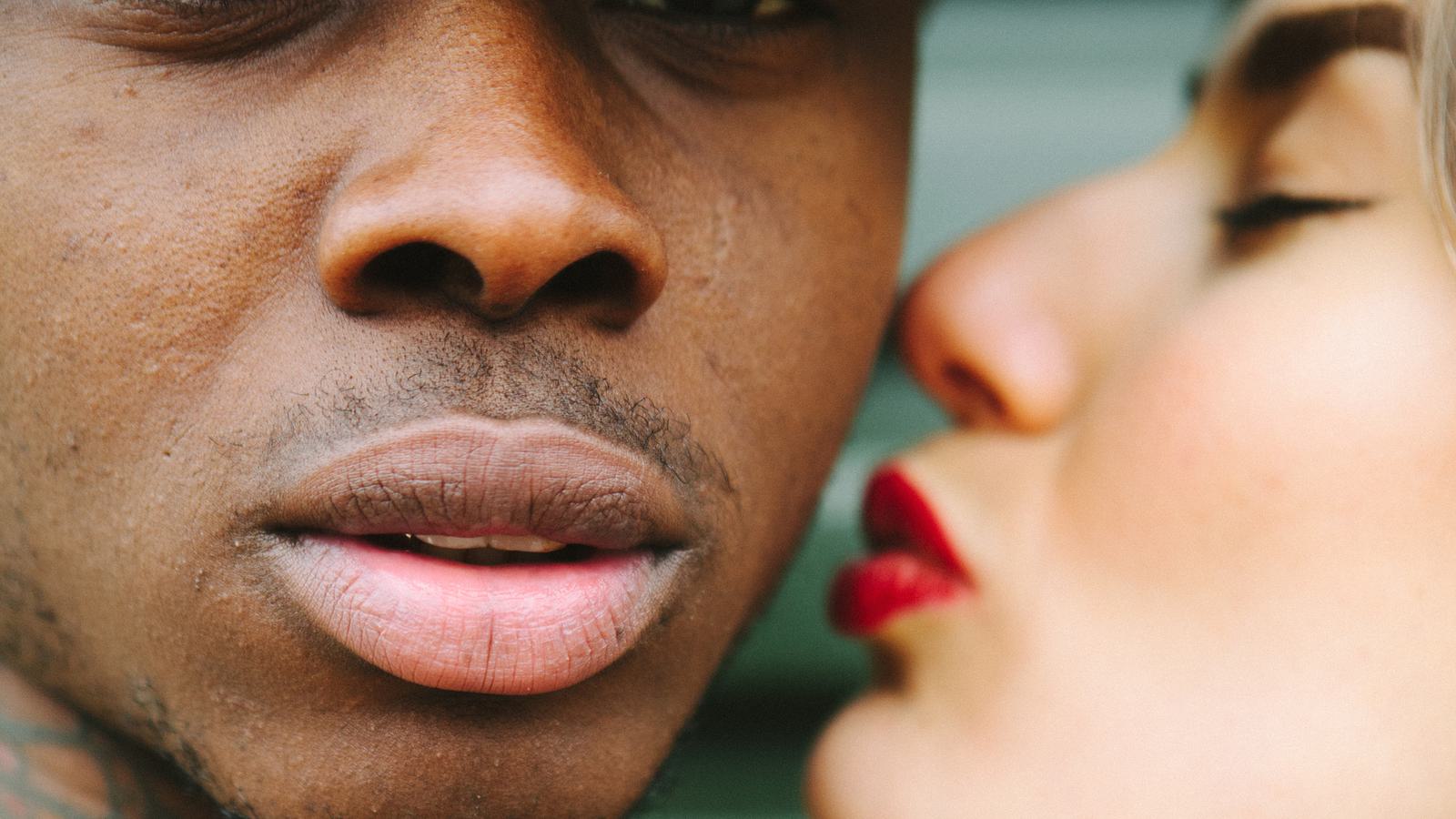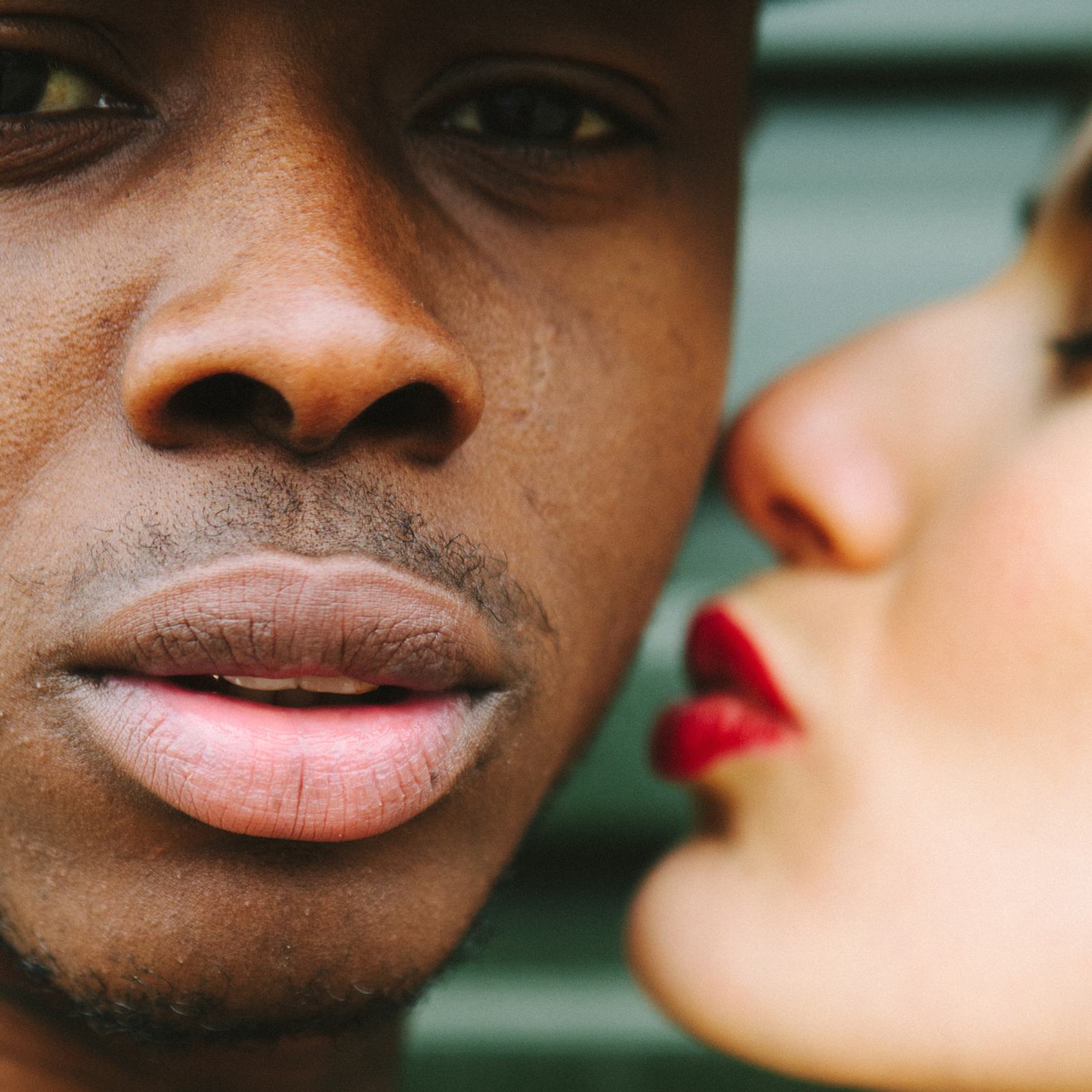Statistics have confirmed the growing desensitisation to online porn amongst young people. Can attention to their personal stories pave a constructive way forward?
A report commissioned by the NSPCC finally provides us with concrete evidence proving what many of us previously believed to be true: children and young people are at risk of becoming ‘desensitised’ to online porn.
A while ago I heard a mental health professor bombard an audience with a stream of endless and depressing statistics, and as I sat there, watching the audience steadily disengage and sink slowly lower into their seats, I realised that statistics wasn't what I needed. I needed stories.
Any youth worker or professional worth their salt could have told you that young people were at risk of being desensitised by online pornography. But until today, the statistics were somewhat lacking. What we needed was hard facts. We needed statistics.
Today the NSPCC made it possible for us to finally bring those stories and statistics together. Read the full report here.
A few weeks ago, I had some time to kill before our ‘Lets Talk About Porn’ roadshow down on the south coast, and I used the time to catch up with a student I knew at the local university. Within moments of arriving on campus, I found myself surrounded by hundred of students celebrating the hand-in of their dissertation and the end of an era. Finally I found the girl I was looking for, and as I had predicted, she was right in the thick of it, with a pint of Pimms in hand!
Before I knew it, I was talking to a large group of twenty-somethings about the evening I had ahead of me running the ‘Lets Talk About Porn’ Roadshow. After convincing a number of them that it was NOT a ‘porn show’ (and that I would be talking about porn, not taking part in it!), we started talking about their experiences of pornography, and the way they used it as young adults today. ‘Have you seen the one with the grapefruit?!’, one of the girls shouted to the growing crowd, and it immediately became very clear that I was the only one who hadn’t. (Or, perhaps the only one open enough to admit it.)
Can the stories from these students teach us anything about the way young people are using pornography? What does this report tell us about the impact pornography is having?
Porn is the new norm
The report found that over 50% of 11-16 year olds have been exposed to online porn, and almost all (94%) of this group have seen it by age of 14. When I asked the group of students the age at which they had first seen porn, the majority said 13.
They want us to talk about porn
The report's key finding is that, ‘Most young people thought pornography was a poor model for consent or safe sex and wanted better sex education, covering the impact of pornography’. It also says: ‘Young people wanted to be able to find out about sex and relationships and about pornography in ways that were safe, private and credible.’
I told some of the students about Romance Academy, but more importantly, I told them what I though healthy relationships would look like. I think they were a bit taken aback when I told them that I thought porn would have more of a negative impact on a relationship than a positive one. One of the students I spoke with told me that he had never been taught about sex, and so had learnt ‘everything he knew’ from watching porn. He then told me that he wished he had had someone to talk to who ‘would actually understand’ when he first began to have questions about porn and sex.
We need to know the facts
The report found that young people felt that their teachers lacked awareness of how they use porn, and the impact it can have on young people, especially those who do not identify as either male or female in a binary manner. If we want to talk about porn, we need to know about porn. If you are a parent, youth worker or teacher, and you don't know to start, we recommend that you read the report.
Our response
- It might be the norm for now, but it doesn't have to stay that way.
- If you want to change the statistics, you need to first change the stories.
- Who are the young people you care for?
- Who is teaching them, and talking to them about sex, relationships and pornography?
When we read the statistics outlined in this report today it can seem like an overwhelming and impossible challenge to face, but when we think of the stories, the challenge is no longer impossible. Education, openness, and understanding are key, and as you begin to change the stories of the young lives you care for and work with, the desperately depressing statistics we have heard today will begin to show some cracks.
If you want to be equipped to better tackle issues around the sex and relationship, the Romance Academy equipping days are a great place to start. You can book here.



